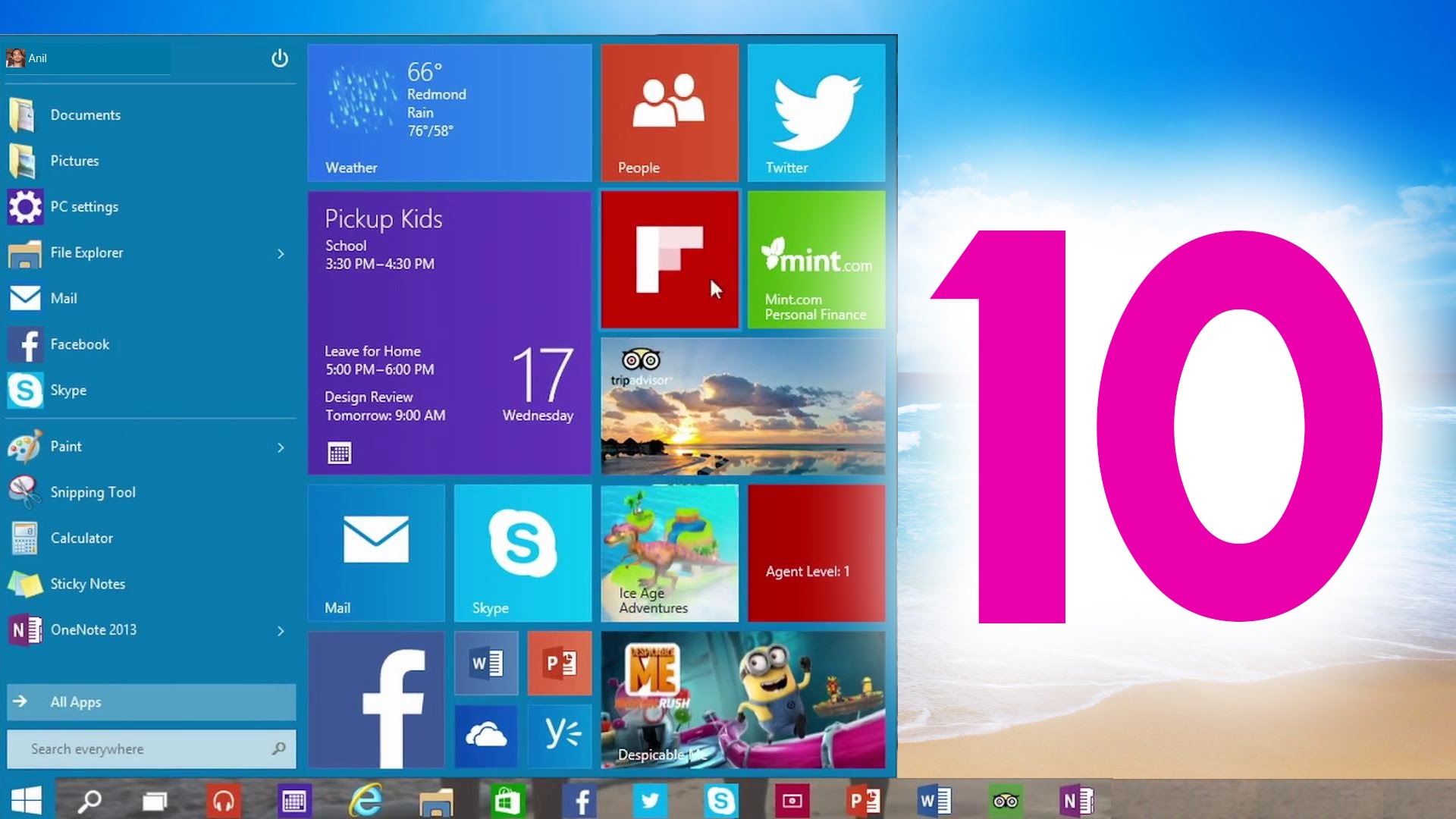2016 was a great year for Microsoft’s latest desktop operating system, Windows 10. Or was it? After a year of encouraging, notifying, cajoling and even forcing users to adopt the new OS, where does Windows 10 really stand in terms of user base penetration? And why is Microsoft Edge struggling to gain browser market share even among Windows 10 users?
At the end of 2015, Windows 10 had a market share of 10.93%. That was about 5 months after Windows 10 was launched. As of December 2016, market share stands at 24.36% – an increase of less than 14% over the prior period.
Windows 10 Upgrade is Still Free – Learn More
Now, in July 2016, when the deadline for a free Windows 10 upgrade officially passed, market share stood at around 21.13%. That means, since the time the free upgrade offer expired, there’s been less than 3% gain in market share. Most of the growth happened during the free upgrade period between July 29, 2015 and July 29, 2016.
That’s not very encouraging for Microsoft, which is highly dependent on Windows 10 for many of its growth strategies over the next few years. The entire Continuum effort, the company’s re-entry efforts into the mobile OS space, the growth of Surface devices and much more hinge on Windows 10 being adopted by the majority of the Windows-using consumer base – both individual and commercial.
And Microsoft Edge seems to have fared even worse. From a 2.79% browser market share at the end of 2015, the current figure is a disappointing 5.33%. To make things worse, Google Chrome’s market share grew from 32.33% to 56.43% during the same period. But what really takes the cake is that Internet Explorer’s market share dropped from 46.32% to 20.84%.
These aren’t numbers that Microsoft would have expected to see after a year and a half of launching the new desktop OS. So, what’s really happening?
One consideration we can’t ignore is that the data may be skewed. No statistical data is ever accurate unless it uses a sizable sample, and with more than 400 million devices now running Windows 10, it’s simply not possible to get a sample large enough.
However, if that data is even close to being true, then Microsoft has a long way to go before Windows 10 can entrench itself with users the way Windows 7, which still holds a 48% OS market share, unarguably did.
It’s clear that at least half the world’s desktop users are staying away from Windows 10 for now.
Will it be different in 2017? All the indicators say so:
- The bulk of enterprises are still testing Windows 10 before they make the move
- OEM PC shipments for 2017 have just started, of which a significant portion will be Win10
- The Creators Update brings better PC game optimization, and gamers make up a massive community
- Surface devices are showing nearly 40% year-over-year growth
- Surface Studio has just been launched
- Surface Pro 5 is expected to hit the shelves this year
- Last, but not least, a “Cellular PC” running Windows 10 could soon be unveiled (could that be the elusive Surface Phone?)
Not all these factors will cause Windows 10 adoption rates to suddenly surge to very high levels, but their collective contribution should give it a significant boost in market share.
As for the Edge browser, I think growth will be a lot slower, especially with Google spending a lot of time on Chrome updates to make it faster, safer and more efficient than ever. Edge is definitely secure – even more secure than Chrome, according to a study by NSS Labs. And Windows 10 itself has the ability to reduce malware attacks by up to 58%. But it just doesn’t seem to have the appeal that Chrome does.
Windows 10 Upgrade is Still Free – Learn More
As it stands, adoption rates across consumers and enterprises is anything but encouraging. With less than 25% market share in both segments, it’ll take more than a forced update to get Windows 10 into every home and office.
Thanks for reading our work! Please bookmark 1redDrop.com to keep tabs on the hottest, most happening tech and business news from around the world. On Apple News, please favorite the 1redDrop channel to get us in your news feed.



